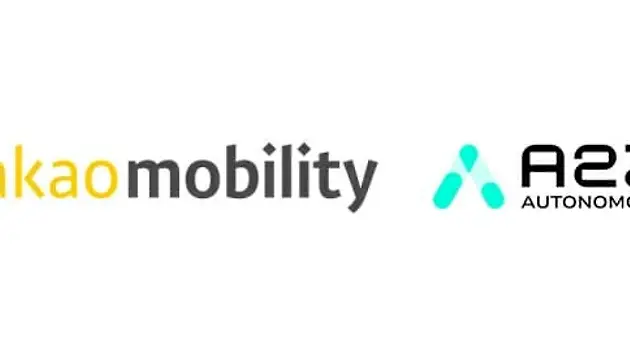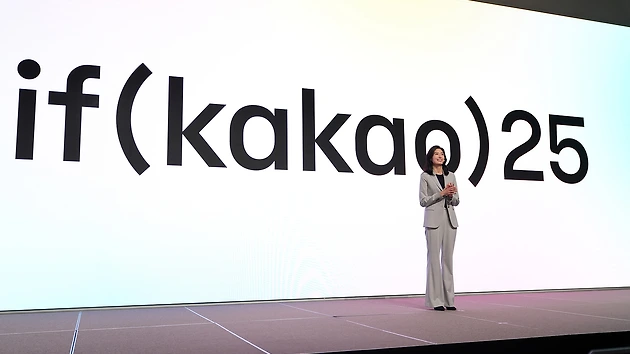Kakao Mobility’s “AI Route Guidance Based on User Reactions” Published in an SCI Journal
“Why didn’t the driver follow the navigation this time?” – KakaoNavi uses AI to learn and avoid uncomfortable routes
- Incorporates driver route compliance into guidance through a proprietary AI algorithm, standing apart from Korea and global navigation systems- Learns driver choices and delivers optimal routes with real-time traffic data, recognized by global academia- Applied to KakaoNavi last November, compliance with new routes rose 6.65%p and user satisfaction improved
[July 14, 2025] Kakao Mobility (CEO Ryu Geung-seon) announced on July 14 that it developed and applied AI-powered route guidance. The model analyzes driver behavior data on navigation routes and reflects it in KakaoNavi. The results show a clear performance gain. The related study was published in July in Transportation Research Part C Emerging Technologies (TRC), one of the most prestigious SCI level journals in transportation. The publication recognized the technology for its excellence.
The paper was co-authored by Kakao Mobility’s AI Research and Development Team and Professor Kim Dong-gyu’s group at Seoul National University. It presents AI-powered route guidance based on user reactions. Using driver behavior data, it identifies and incorporates subtle road characteristics into route planning. This marks one of the first successful commercial applications of this research.
Conventional navigation systems typically calculate routes using observable physical factors such as vehicle speed, road width, and the number of lanes. In real driving, drivers sometimes deviate from suggested routes for reasons such as heavy illegal parking, inconvenient entry and exit points, or distrust of unfamiliar roads. Yet reflecting all these factors into navigation algorithms has long been considered a major challenge. Drivers have different habits. Millions of road segments nationwide must be analyzed one by one.
Kakao Mobility found a solution by comparing guided routes with actual driving data. The model uses route compliance to score each road’s travel value and then applies the score in route calculations. This is enabled by Kakao Mobility’s AI algorithm built on the multi-armed bandit (MaB) method. MaB is a type of reinforcement learning that evaluates action value based on user responses.
The system learns the factors that influence route choices. This approach improves usability continuously without additional infrastructure. The system also makes it possible to calculate the travel value of millions of road segments with higher precision while using real time traffic data to improve accuracy and reliability in navigation.
For example, the system can detect and reflect in real time discomfort factors that existing navigation could not recognize, such as congestion near the southern end of the Dongjakdaegyo Bridge toward Olympic-daero, complex alleyways, crowded areas around transfer centers, and steep mountain roads.
Kakao Mobility has applied this AI-powered route guidance based on user reactions to KakaoNavi since last November. When a driver sets a destination, KakaoNavi applies this technology and recommends routes such as fastest, highway priority, or main road priority.
The effectiveness of this technology is also presented in the paper. According to the study, analysis of data from the first week after implementation found clear improvement in drivers’ route compliance across different navigation modes. For the “fastest route,” compliance with the new routes increased from 64.22% to 70.87%, up 6.65%p. Similarly, compliance for the “highway priority route” rose from 71.32% to 72.91%, and for the “main road priority route,” it increased from 70.79% to 72.40%.
Pooreumoe Kim, the first author of the paper and a researcher on Kakao Mobility’s AI R&D Team, stated, “This study quantified the mismatch between the information used by navigation systems for route search and actual driving conditions based on user behavior data, and then reduced that gap to deliver better routes. We observed positive results across route quality indicators such as actual travel time to the destination and driving convenience, which makes this research meaningful both academically and in real service applications.”
- Press Release 발행일 2025.09.18 Kakao Mobility Signs MOU With Autonomous A2Z to Strengthen Autonomous Driving Competitiveness
 #KakaoMobility
#KakaoMobility - Communication For every user. For easy use.
KakaoTalk
- Press Release 발행일 2025.09.23 KakaoTalk and AI Combined: Kakao Unveils “Everyday AI” Vision at if(kakao)25
 #kakao#ifkakao
#kakao#ifkakao


